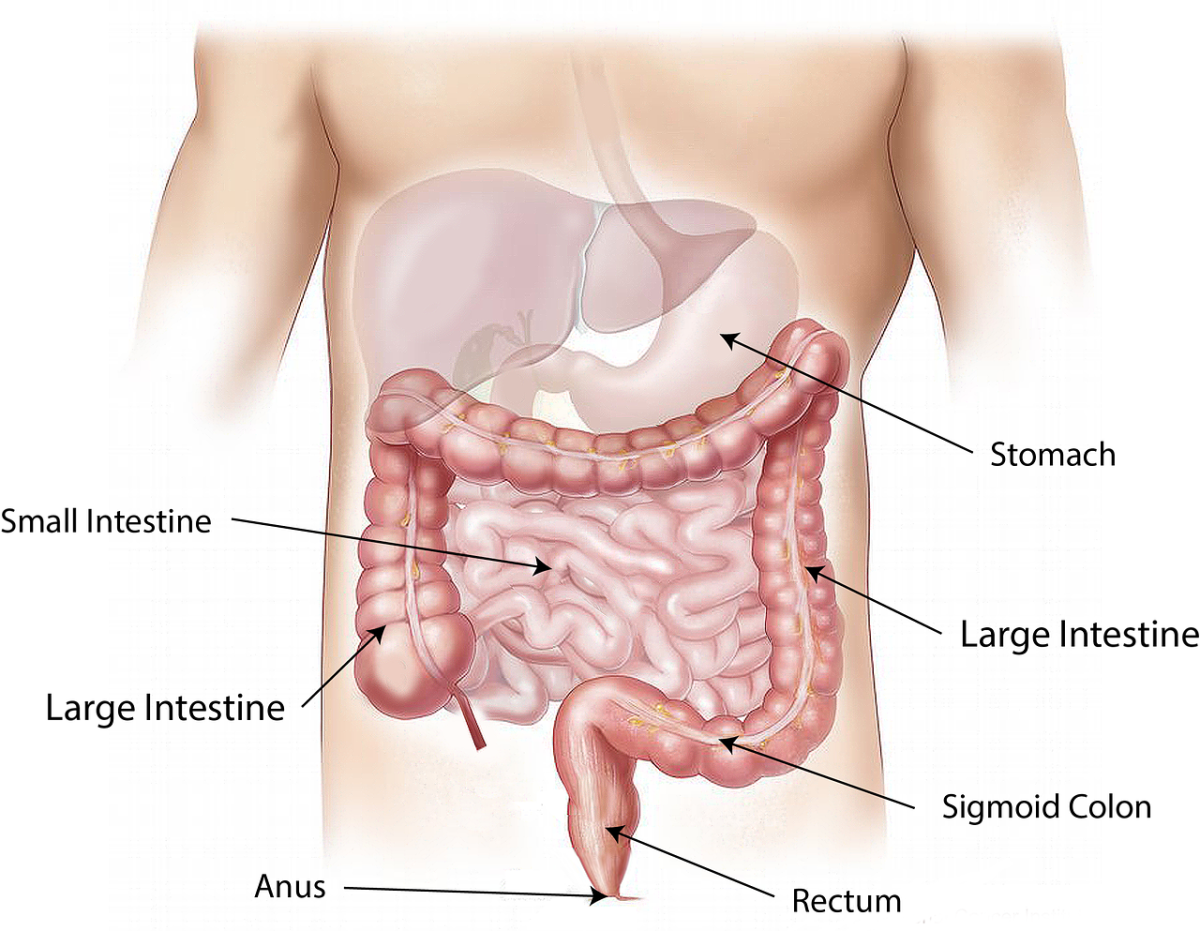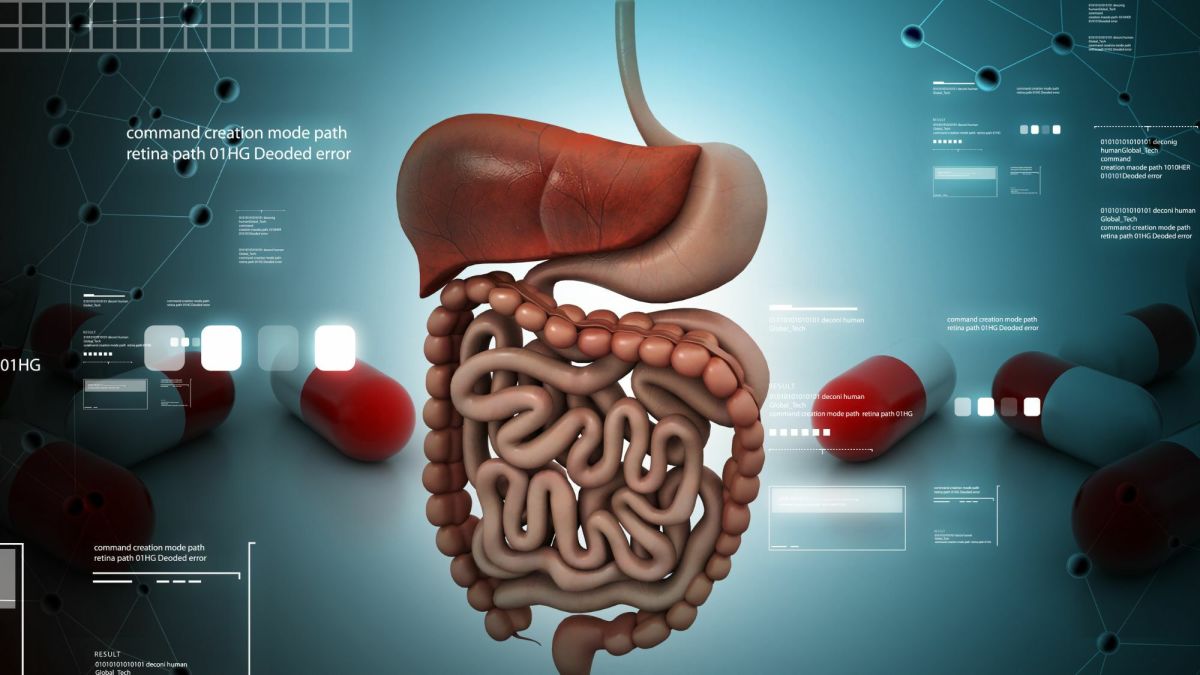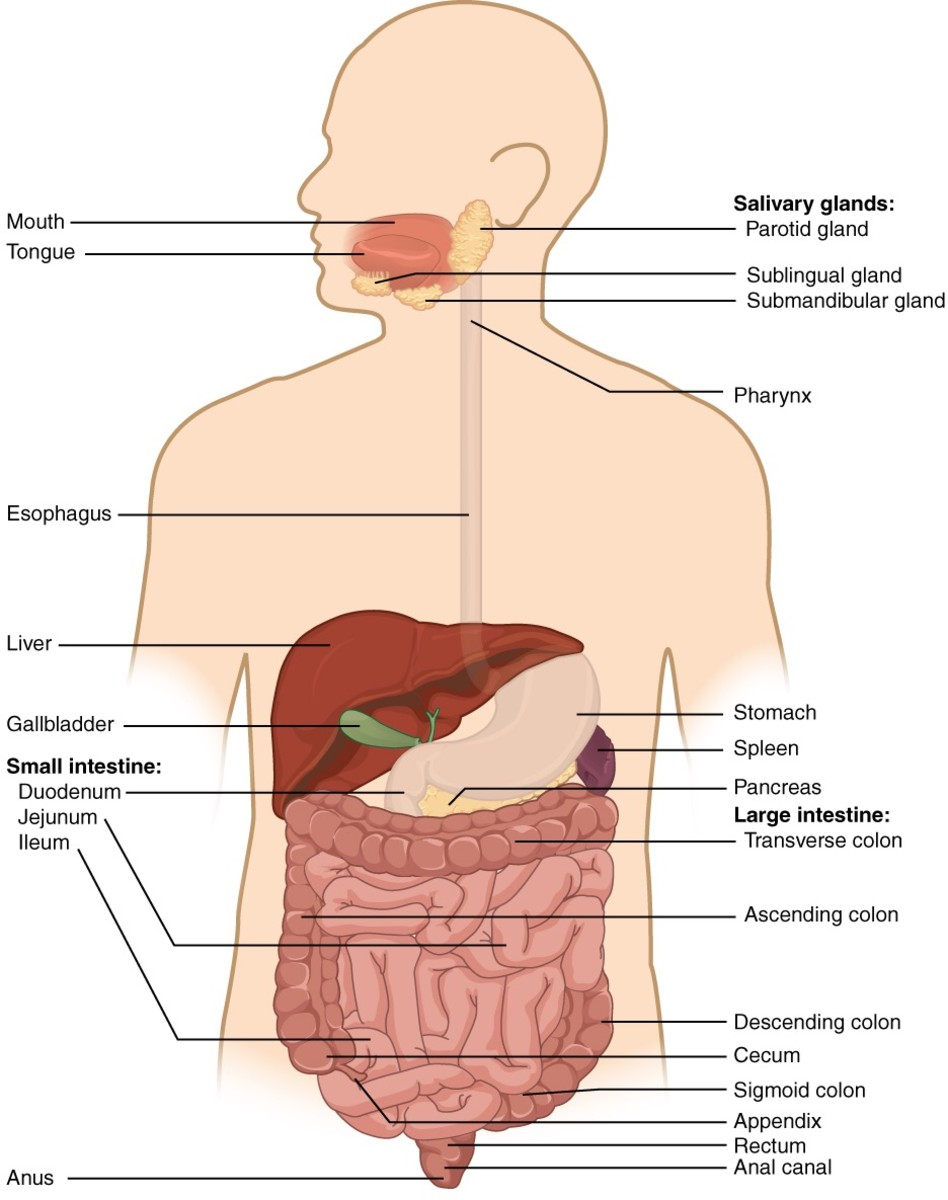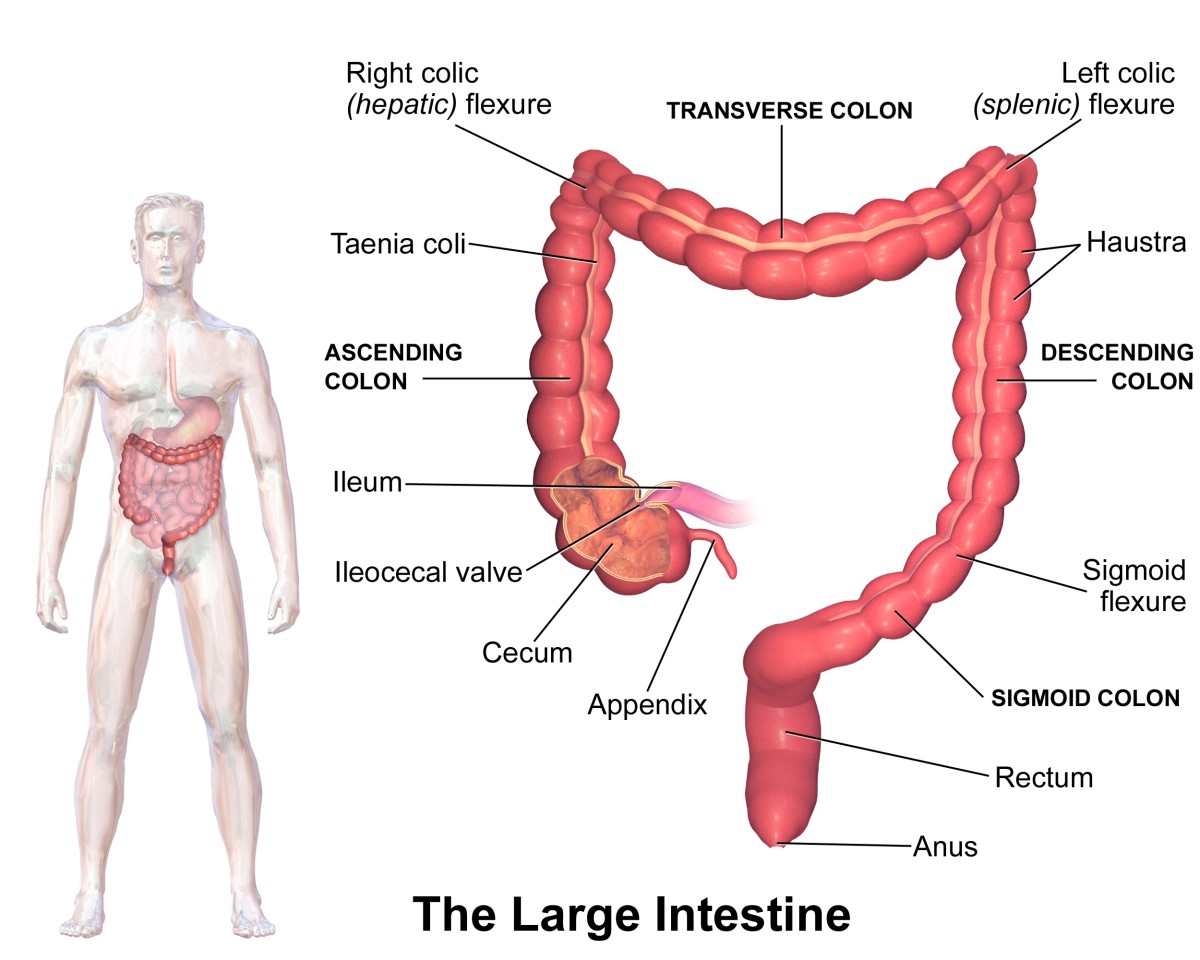Assessing Digestive Function and Ways to Repair it

Assessing Digestive Function
Assessment of Digestive Function [1]:
The Gastrointestinal Milieu
- Healthy function of the gastrointestinal tract requires a healthy microenvironment
- Assessment of gastrointestinal function includes determining adequate digestion and absorption, investigating the intestinal mucosa integrity and evaluating the intestinal micro-ecology
- Stool is the ultimate end product of digestive activity and hence a survey of various metabolic markers in stool can provide an overview of digestive function to guide further clinical evaluation and develop targeted therapy
Evaluating digestion and absorption [1]
- Stool analysis can be useful in assessing underlying causes of poor digestion and/or absorption (which can relate to a host of systemic signs and symptoms)
- Measuring markers such as fecal chymotrypsin or pancreatic elastase 1 may help is assessment of subtle pancreatic insufficiency
- Chymotrypsin may provide a measure of proteolytic enzyme activity
- Measurements of triglycerides, long chain fatty acids, cholesterol and total fecal fat can provide clues to impairments in absorptive and/or digestive capacity e.g. elevated total fecal fat amounts may reflect incomplete fat hydrolysis and suggest pancreatic insufficiency
Intestinal barrier function
- The gastrointestinal mucosa has the paradoxical role of allowing or facilitating transport of some molecules while excluding others
- Changes in intestinal permeability are important in a number of GI tract disorders that have systemic implications e.g.
-permeable GI mucosa may create a port of entry for large food molecules (like peptides and proteins) which can become antigenic when in circulation causing a food allergic response
*The most widely used method of assessing intestinal permeability is a challenge test involving inert sugars in the 300-40o Dalton range-both monosaccharides and disaccharides-to evaluate differential saccharide absorption. The same intestinal probe method has also been used to evaluate gastric integrity. This test is as follows:
-a disaccharide that is not well absorbed by the healthy intestine is given at the same time as a monosaccharide that is well absorbed (e.g cellobiose/mannitol, lantulose/mannitol, lactulose/l-rhamnose and cellobiose/l-rhamnose)
*Differential saccharide absorption studies are typically administered by oral ingestion of a sugar solution containing known amounts of the disaccharide and monosaccharide sugars that follows an overnight fast.
-Urine is collected, total volume recorded and sample is analysed to determine the recovery of the probe molecules
-This type of testing has the advantage of being a non-invasive outpatient procedure
-Care should still be taken in interpretation regardless of it being a useful assessment tool because as the intestinal lining is a dynamic interface, permeability may change rapidly depending in recent dietary intake
Gastrointestinal micro-ecology [1]
- Assessment involves direct measurement of microbes and metabolites which includes bacteria, yeast, fungi, protozoa, roundworms and others
- This type of assessment can be problematic in the assessment of especially bacteria, yeast and fungi due to the difficulty in culturing many of these microbes and the dynamic nature of the GI milieu
- Protozoa and worms can be difficult to diagnose because of variability in shedding and difficulty in proper identification
- Despite limitations, microscopic stool analysis is vital to assessing dysbiosis and infection
- Assessing metabolic markers also useful to determine the presence of dysbiosis (the nature of metabolites often provides clinicians a reasonable picture on the nature and extent of the dysbiosis and often the particular organisms involved)
dii) Dysbiosis = condition of altered intestinal micro-ecology that may have clinical consequences; generally relates to a state at which populations of indigenous microbes have grown excessively, exogenous organisms have taken up residence in the intestinal tract or colonic microbes have migrated beyond their normal environment into the small intestine, stomach or oesophagus
Detoxification assessment procedures and how results are used in the case of benzoic acid
• An example of challenge tests;
-Keller 1842 took a dose of xenobiotic (benzoic acid) and collected his urine. It revealed that there was a direct relationship between the ingestion of the benzoic acid and the hippuric acid that was subsequently excreted. Thus he concluded that the generation of hippuric acid in urine depends on the body’ ability to metabolically convert ingested benzoic acid (i.e. detoxify the xenobiotic) to the end product hippuric acid [1]
a) The purpose of the 4R Program is to support the gastrointestinal tract and to enhance its optimal function and health
b) Permeability and the 4R gastrointestinal support program
-Involves 4 basic steps; Remove, Replace, Reinocculate and Repair.
Remove [1; pages 208-211]
• Focuses on eliminating pathogenic bacteria, viruses, fungi, parasites, allergens and toxins from the gastrointestinal tract
• May require prescription medicines and knowledge of the sensitivity and resistance of specific organisms to therapeutic agents
• Dietary modification including the removal of toxins and allergens from food intake are also vital
• Oligoantigenic diets contain foods that are known to pose very little risk of an allergic reaction
• Dietary allergens and toxins may provoke intestinal immune responses and further damage intestinal integrity
Replace
• Replenish enzymes and other digestive factors lacking or insufficient in an individual’s digestive environment
• Gastrointestinal enzymes needing replacement: pancreatic enzymes,proteases, lipases, cellulases and saccharidases
• Other Digestive factors to replace: Hydrochloric acid, Intrinsic Factor (IF) that is synthesised by stomach wall, bile that is made in liver
• Failure to replace the above critical components of digestion can compromised future attempts at restoring proper intestinal permeability and without proper breakdown of food, intestinal support nutrients may never be available to intestinal cells but may be lost in the fecal stream instead
Reinocculate
• Involves the reintroduction of desirable bacteria into the intestine to restore microfloral balance
• Supplemental sources may include direct ones like cultured and fermented foods containing live bacteria or freeze-dried bacteria packaged in powder, tablet or capsule form (species include: Lactobacillus acidophilus, Lactobacillus bulgaricus, Lactobacillus thermophilus, Bifidobacterium bifidus, Bifidobacterium longum and Bifidobacterium breve) or indirectly through fructooligosaccharides (food or food products that enhance lactobacilli or bifidobacteria growth without simultaneously enhancing pathogenic bacteria growth)
Repair
• This is the step most closely associated with the intestinal permeability concept
• Involves direct nutritional support of the intestinal cells through supplements containing nutrients known to be critical in intestinal wall structure and function
• Includes mainly antioxidants; Vitamins C, E and Alpha/beta-carotene, Zinc and Manganese, Cysteine, N-acetylcysteine, glutamine, the tripeptide glutathione and the carbohydrates Inulin and/or Fructooligosaccharides
• Supplementing with nutrients closely involved in collagen formation including the Vitamin Pantothenic acid (Vitamin B5) is also practiced
Each of these 4 steps/factors can contribute to increasing and self-generating pathophysiology.
c)Functional medicine is a factor in the 4R Program. By using a functional approach to medicine, we can see that underlying imbalances and seek to restore them through for example in the reinocculation of desirable bacteria into the intestine so as to restore micro-floral balance [1]. Another example would include supplementing with antioxidants and nutrients to contribute to the desirable self-generation of the pathophysiology of the intestine [1].
d) A client/patient (male 65 years) presents suffering from severe bloating and gassy feeling at times and continuous stomach pain. He has been taking aspirin daily for years as he heard that it would ward off a heart attack.
On examination, he does not appear to have any other obvious disorder, although he is quite red in the face and says he is often constipated.
i) To identify his disorder, apply a critical evaluation of this evidence of bodily status, and discuss the proposed rationale of the 4R proposed treatment strategy with this patient.
- First we look at potential causes of his continuous stomach pain, bloating and gassy feeling in the stomach; some causes could include:
- - the daily aspirin he is taking, is he taking the aspirin with food and what dose is he taking? Is it really necessary (because there are other nutrient ways of reducing the risk of heart problems)?
- -Is there any bleeding or infection present which warrants further tests and investigation.
- -Constipation may be causing the bloating and gassy feeling in the stomach due to imbalance of bacteria from dietary or other factors like other medicines and aspirin.
- We also need to look at any other medications he may be taking and any other medical conditions and allergies he may have
- The proposed rationale of the 4R Program can be utilised in such a way that aims to resolve the issues the patient is having which is discussed further in (dii)
dii) ii)Apply the 4R Program to begin treatment towards resolving his problem
[1]:
- -Aims at removing (REMOVE step) potential toxins and drug interactions as well as Diet modification (dietary factors, intolerances, malabsorption disorders and allergies to allergens such as some grains and grain products including wheat, oats, barley, rye, spelt, kamut, cow’s milk and dairy products, corn and corn products, soy and soy products, year and yeast products, citrus fruits, animal meats and all other foods assessed)
- -REINOCCULATE; The reintroduction of desirable bacteria is pertinent to help alleviate the gassy and bloated feeling he is suffering from and may aid in alleviating constipation
- REPLENISH/REPLACE; aims at replenishing enzymes and other digestive factors that may be lacking in his digestive environment as hypochlorydia may be an issue as people get older and this thus affects their digestive process
- REPAIR; fix the potential presence of ulcers with either herbal (Slippery Elm) or pharmaceuticals,
- Involves direct nutritional support of the intestinal cells through supplements containing nutrients known to be critical in intestinal wall structure and function
• Includes mainly antioxidants; Vitamins C (which helps repair wounds too), E and Alpha/beta-carotene, Zinc and Manganese, Cysteine, N-acetylcysteine, glutamine, the tripeptide glutathione and the carbohydrates Inulin and/or Fructooligosaccharides
• Supplementing with nutrients closely involved in collagen formation including the Vitamin Pantothenic acid (Vitamin B5) is also practiced
- Dietary modifications to help remove constipation; promoting the intake of whole foods and vegetables and the intake of sufficient water daily as fibre requires water to be effective at relieving constipation
- Promoting exercise which helps prevent heart problems and alleviate constipation
Each of these 4 steps/factors can contribute to increasing and self-generating pathophysiology and hopefully resolve his ailments.
REFERENCES
1) DeAnnLiska, Sheila Quinn, Dan Lukaczer et al.Clinical Nutrition-A Functional Approach, 2004, The Institute of Functional Medicine, a Nonprofit educational organization












